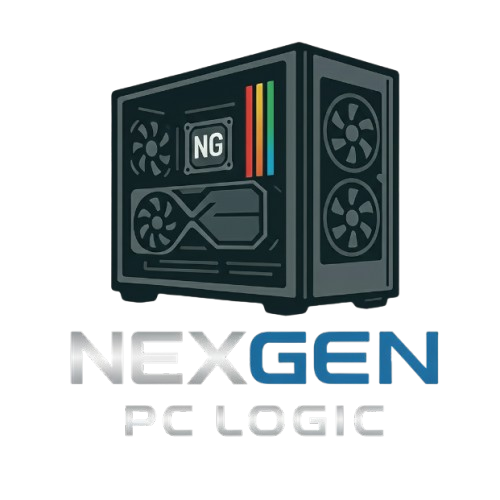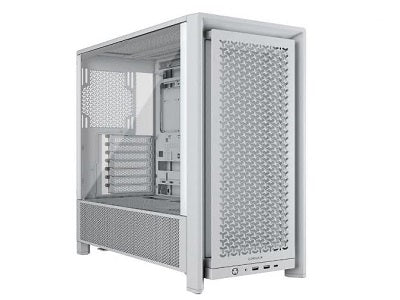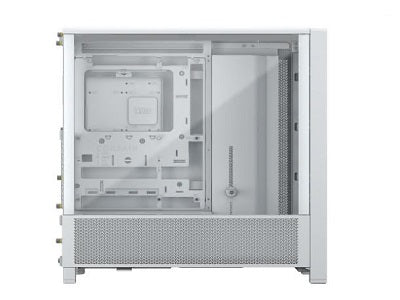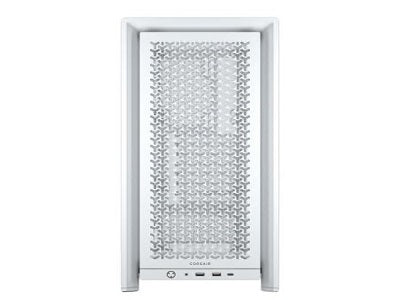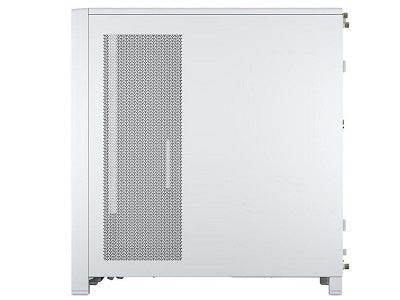Corsair FRAME 4000D Mid-Tower
Corsair FRAME 4000D Mid-Tower
Couldn't load pickup availability
The PC Builder's Favorite: Corsair 4000D Mid-Tower
Meet the case that's a favorite for a reason. The Corsair 4000D is the perfect blend of clean style and incredible performance. Its thoughtful design makes building your dream PC a breeze, with plenty of room for all your gear and a simple cable management system that makes your build look like a pro did it. It's the ideal home for your components, offering great cooling and a clear view of your masterpiece through its tempered glass side panel.
⭐ Highlights
⭐ Highlights
Fully Modular Design | Corsair RapidRoute Cable Management | Dual 360mm Radiator Support | Tool-Free Tempered Glass Panel | Vertical GPU Mount Ready
⚙️ Specifications
⚙️ Specifications
Case Form Factor: Mid-Tower
Motherboard Compatibility: ATX, Micro-ATX, Mini-ITX, E-ATX (up to 305mm x 277mm)
Case Dimensions: 453 x 230 x 466 mm (H x W x D)
Max GPU Length: 360 mm
Max CPU Cooler Height: 170 mm
Radiator Support: Front: 360mm / 280mm, Top: 280mm / 240mm, Rear: 120mm
Drive Bays: 2 x 3.5" HDD bays, 2 x 2.5" SSD mounts
Fan Support: Front: 3 x 120mm or 2 x 140mm, Top: 2 x 120mm or 2 x 140mm, Rear: 1 x 120mm
Front Panel I/O: 1 x USB 3.0, 1 x USB-C, 1 x Headphone/Mic combo jack
Case Material: Steel, Tempered Glass, Plastic
Side Panel Type: Tempered Glass
Included Fans: 2 x 120mm non-LED fans
Share
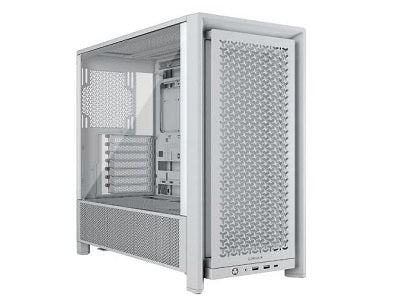
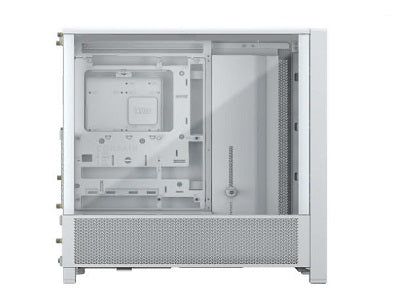
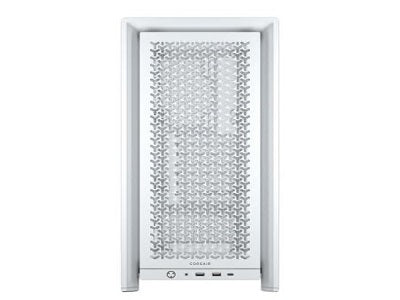
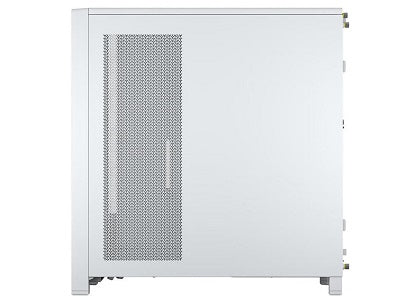
The POST-Check Protocol
-
Component Clearance
Action: Double-check the case's specifications for maximum GPU length, CPU cooler height, and radiator support before purchasing any part. Why: These are fixed limitations; if your CPU cooler is too tall or your GPU is too long, the side panel won't close or the components will physically block installation.
-
Standoff Alignment
Action: Verify the case has motherboard standoffs installed only in the locations that correspond to the holes on your specific motherboard (ATX, Micro-ATX, etc.). Why: Incorrectly placed standoffs can touch the back of the motherboard and cause a disastrous electrical short when the system is powered on.
-
I/O Panel Installation
Action: If the case uses a removable I/O shield (not pre-installed on the motherboard), snap it into the casebefore mounting the motherboard. Why: This is a common beginner mistake that forces you to remove the entire motherboard just to fit a small metal plate.
-
Airflow Pathway
Action: Follow the simple rule: Intake fans at the front/bottom draw cool air in, and Exhaust fans at the rear/top push hot air out. Why: A balanced, directed airflow path is the single most important factor for overall system temperature and long-term component health.
-
PSU Fan Direction
Action: When mounting the Power Supply Unit (PSU) at the bottom of the case, ensure its fan is facing downward toward the case's dust filter and external vent. Why: This configuration allows the PSU to pull cool, filtered air directly from outside the case, keeping its own temperature low and promoting overall case airflow.
-
Front Panel Headers
Action: Use the motherboard manual to correctly connect the tiny Front Panel Header cables (Power Button, Reset, USB, Audio) to the correct pins on the motherboard. Why: These small cables are essential for powering the system on and are often confusingly labeled, but the manual is the only sure guide for proper function.
